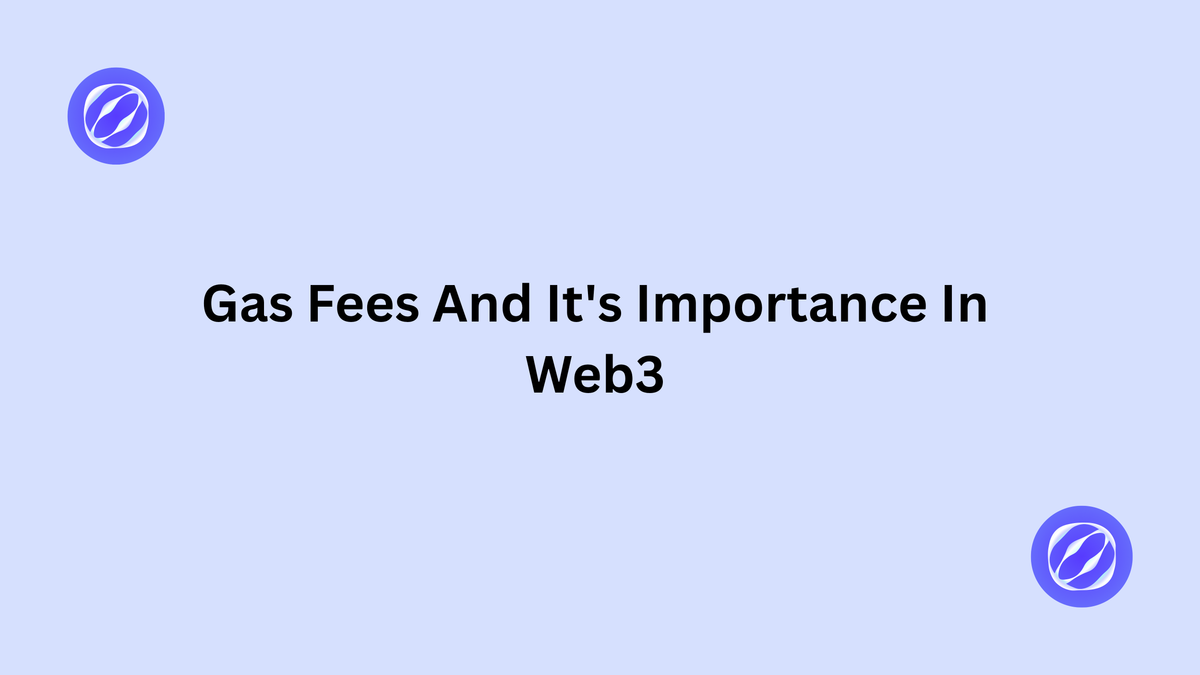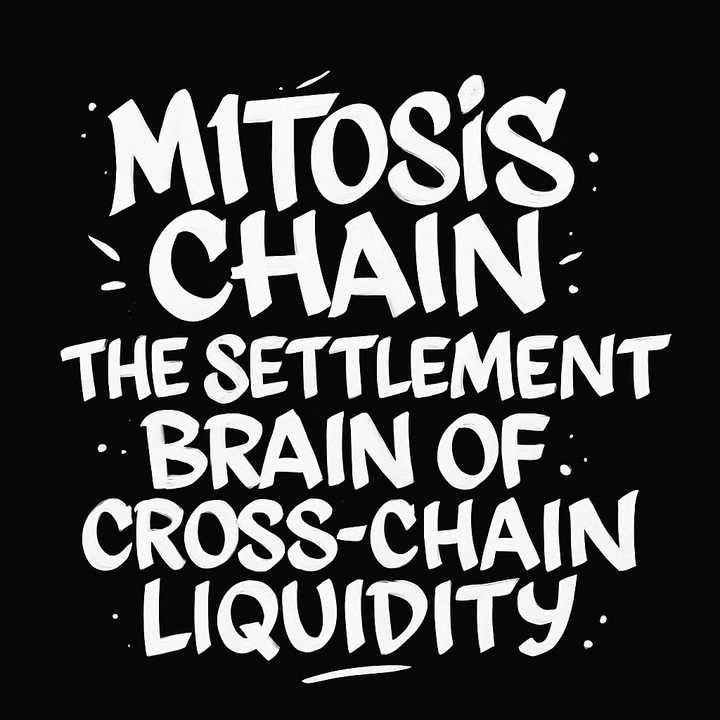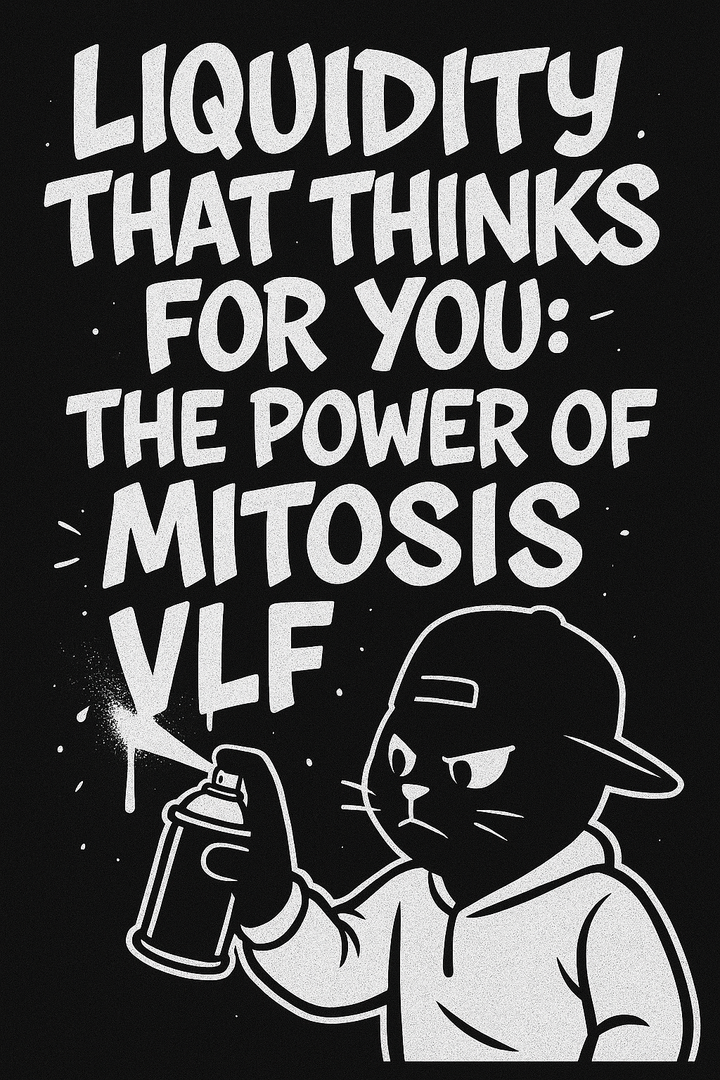What Are Gas Fees In Web3 And Its Importance
Why Are My Crypto Transactions So Expensive? Let’s Talk About Gas Fees

If you've ever tried to send some Ethereum, swap tokens on a decentralized exchange, or mint an NFT and suddenly paused at the high transaction cost you've encountered what we call gas fees At first glance, it can feel confusing and frustrating. You’re probably thinking: Why does it cost $30 just to send $10? Why do fees vary so much? Can I avoid them? You’re not alone. These are some of the most common questions from both beginners and seasoned crypto users alike. But here’s the basic truth: Gas fees are not just random costs. They are an essential part of how blockchain networks operate especially those like Ethereum. They act as incentives for miners or validators to process transactions and keep the network secure and functional. In other words, without gas fees, the system wouldn’t work. Still, that doesn’t mean you have to blindly pay them without understanding. In fact, once you know what gas fees are, why they ( gas prices) fluctuate, and how to minimize them, you’ll have more control over your crypto journey. You'll know how to plan transactions better, choose optimal times, and even explore Layer 2 solutions that dramatically cut costs. In this article, I will break down everything you need to know in plain English: What exactly are gas fees? How are they calculated? Why do they sometimes spike so high? What can you do to avoid overpaying? Whether you’re a casual NFT collector, a DeFi enthusiast, or just curious about how this all works, this guide will help you navigate the world of gas fees with confidence. Let’s dive in. What Are Gas Fees in Crypto? Gas fees are payments users make to compensate for the computing energy required to process and validate transactions on a blockchain. On networks like Ethereum, every transaction from simple transfers to smart contract executions requires computational power. Gas fees pay the miners or validators for that power. Think of it like a transaction fee you pay to send money through a traditional bank. In crypto, however, the “bank” is the decentralized blockchain network. How Are Gas Fees Calculated? Gas fees are calculated using a formula: Gas Fee = Gas Units (Limit) × Gas Price Gas Limit: The maximum amount of computational steps you're willing to allow for a transaction. Gas Price: The amount you’re willing to pay per unit of gas, often measured in Gwei (1 Gwei = 0.000000001 ETH). If your transaction is simple (like sending ETH), it uses fewer gas units. Complex transactions (like minting an NFT or interacting with a DeFi protocol) require more. Why Do Gas Fees Fluctuate So Much? Gas fees depend on network demand. When many people try to make transactions at once (like during NFT drops or market volatility), fees skyrocket because space in each block is limited. To get their transactions confirmed quickly, users pay higher gas prices just like bidding in an auction. Key factors affecting gas fees: Network congestion Transaction complexity Current base gas price Tip offered to miners (aka priority fee) How to Save on Gas Fees? Here are some smart strategies to minimize what you spend on gas: 1. Time Your Transactions Avoid high network traffic periods. Use tools like Ethereum Gas Station or Blocknative to check real-time fees. 2. Use Layer 2 Solutions Layer 2 networks like Arbitrum, Optimism, and zkSync process transactions off the Ethereum mainnet, offering faster and cheaper fees. 3. Bundle Transactions Some wallets and dApps allow you to batch multiple actions into one, reducing the total gas required. 4. Choose Low-Gas Networks Explore alternatives to Ethereum like Solana, Avalanche, or Polygon. These chains offer lower fees while still supporting smart contracts and DeFi/NFT ecosystems. 5. Set Custom Gas Fees Advanced users can manually adjust the gas price in wallets like MetaMask. But be careful set it too low, and your transaction might fail or take a long time. The Future of Gas Fees Ethereum is constantly evolving. The shift to Ethereum 2.0 and implementation of updates like EIP-1559 have already made fees more predictable. In the future, scaling solutions, rollups, and sharding aim to drastically reduce gas fees, making blockchain more affordable and accessible to everyone.
Gas fees may seem like a hassle at first, but they’re a vital part of what makes crypto decentralized and secure. By understanding how they work and using the right strategies, you can make smarter, more cost-effective decisions in Web3. Mastering gas fees is a key step in becoming a confident and savvy crypto user. If you found this insightful, please like, comment and share.



Comments ()